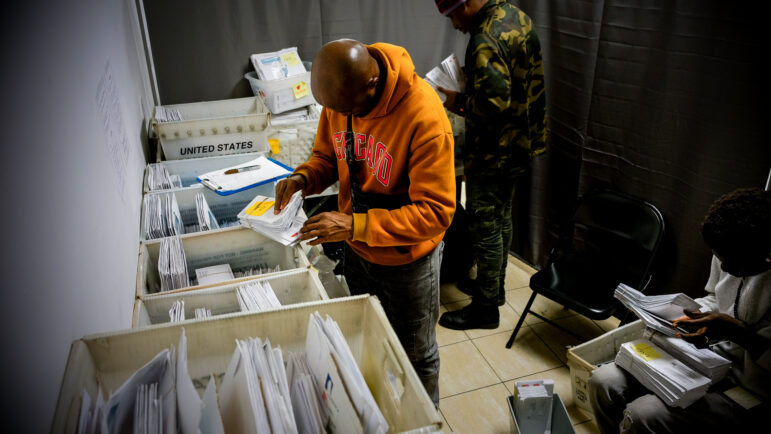A new report documenting the effects of the Great Recession on New York City’s immigrant population was released Monday. The report — published by the Fiscal Policy Institute (FPI), a think-tank that analyzes New York’s tax system and the availability of public services — found that during the recession immigrants experienced lower rates of unemployment than U.S. natives.
The unemployment rate for immigrants went from 4 percent just before the recession to 8.8 percent during the first five months of this year, while the rate for U.S. born residents jumped from 5.3 percent before the recession to 10.9 percent during the first five months of this year. During the same period, the overall unemployment rate in New York City rose from 4.7 percent to 9.9 percent.
Immigrants make up 37 percent of New York City’s population, and 48 percent of the labor force.
“There are two main explanations for the lower unemployment rate [among New York City’s immigrant population],” said David Dyssegaard Kallick, director of FPI’s Immigration Research Initiative, in a press release. “First, immigration is generally sensitive to labor market demand—immigrants go where the jobs are, and when there aren’t any jobs, immigration slows in response. And, second, there is less of a safety net for immigrants, so they are more likely to work at whatever jobs they can get, while U.S.-born workers may be able to wait to find jobs that better match their skill level.”
The prognosis for the city as a whole? According to the report, it will take at least two years to recover the jobs that have been lost since the downturn in 2008, and perhaps longer to reduce the overall unemployment rate to less than 5 percent, which is where it was before the recession. New York City has gained a total of 50,000 jobs since last December.
According to an earlier FPI report, Harlem, parts of the Bronx, and East New York have been hit hardest by the recession, with unemployment rates in 2009 rising above 15 percent.








